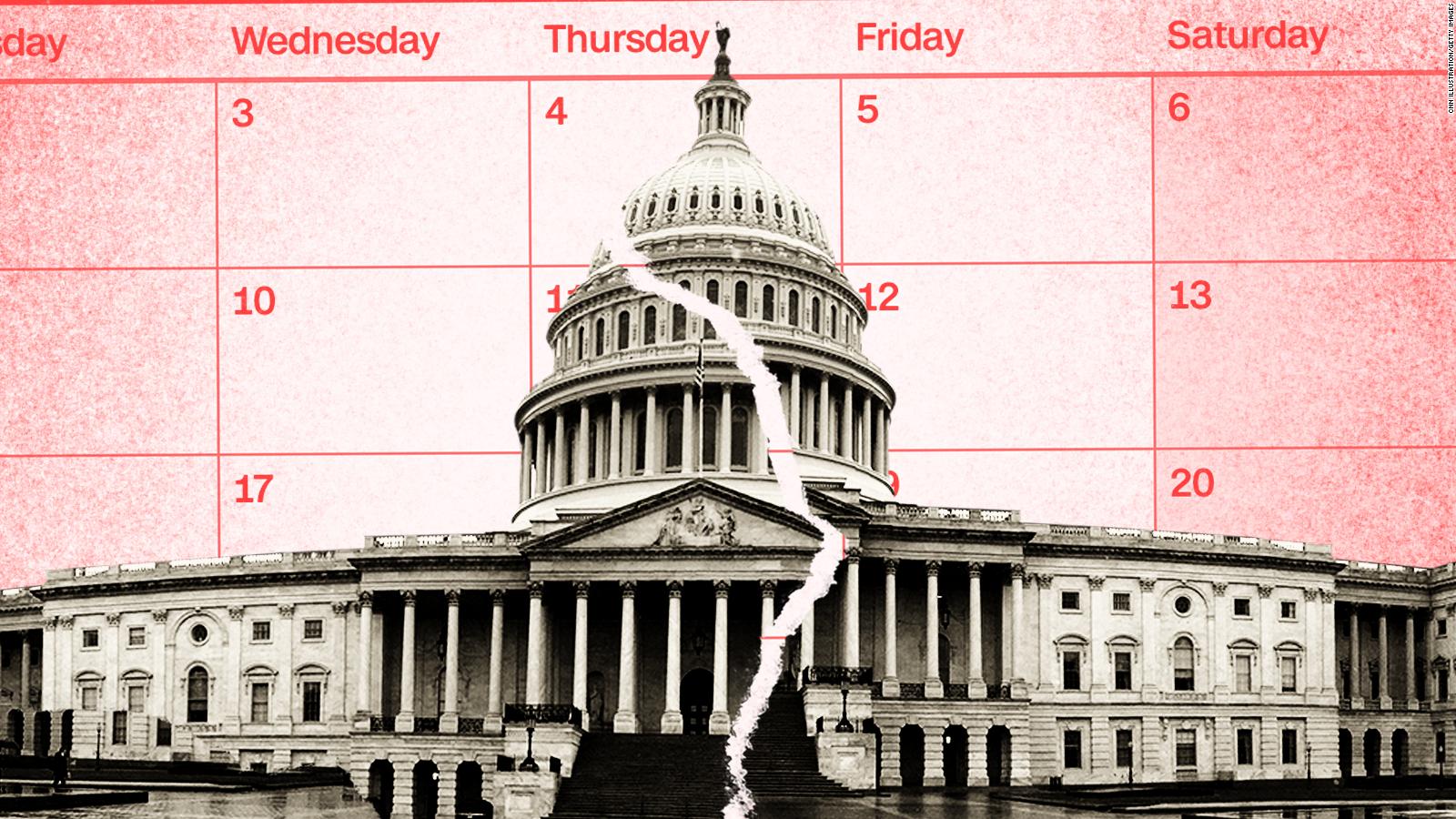What is a filibuster? A filibuster is any use of obstructive tactics that would prevent a bill or measure from coming to a vote. Filibusters are most famously thought of as long-winded speeches like in “Mr. Smith Goes to Washington” but there are no clear rules on what form a filibuster should take, including how long it lasts. As a result, the mere threat of filibustering a bill can be enough to delay or block its passage.
Photo credit: Everett Collection
How can a filibuster be beaten? The filibuster is not in the Constitution and is generally recognized as an accident of Senate rules. A bill is considered “filibuster-proof” if it has the support of at least 60 senators (it used to require 67 until a rule change in 1975). But few bills meet that criteria in today’s hyper-partisan political climate, especially with the Senate’s current 50-50 split between parties.
Note: Sens. Bernie Sanders of Vermont and Angus King of Maine are shown here as Democrats; they are Independents who caucus with Democrats.
The only formal rule that can end a filibuster is the second paragraph of Senate Rule XXII, otherwise known as the cloture rule.
Invoking cloture just places a time limit on a bill’s consideration and provides it with a path to move forward.












































